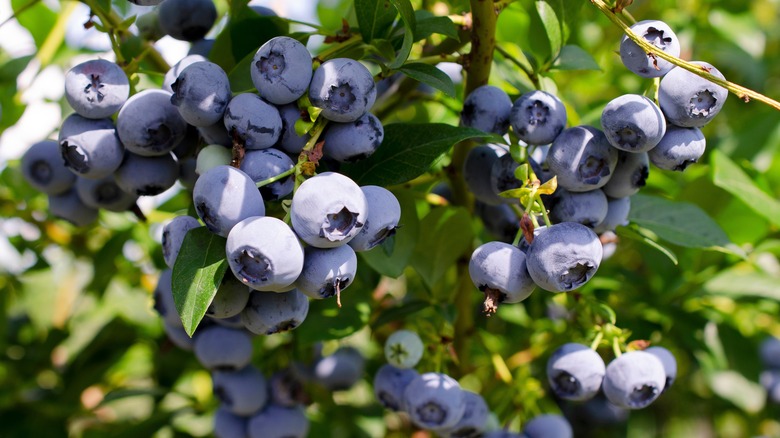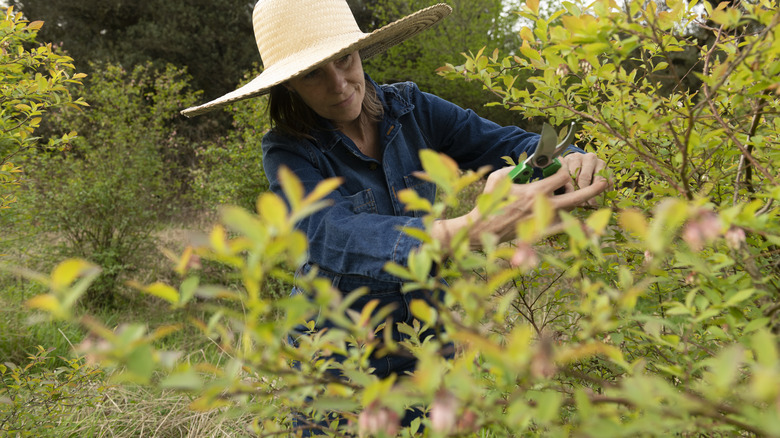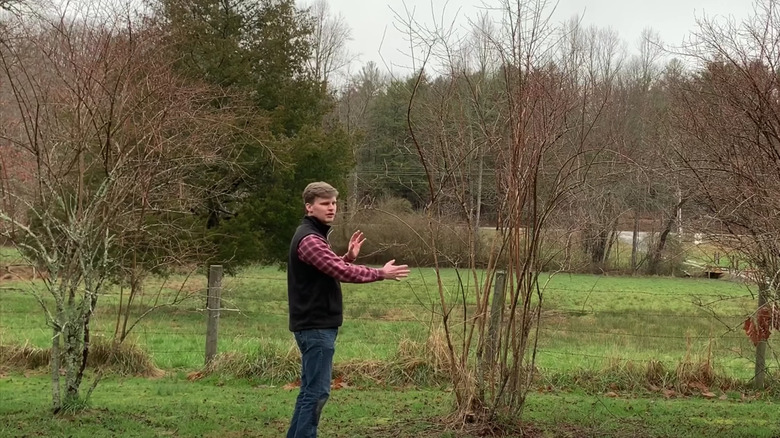How To Prune Your Blueberry Bush Like A Pro
Proper pruning is the key to achieving the best health, productivity, and vigor of your blueberry bushes. By mastering pruning techniques, you can transform your plants into thriving and fruitful plants that will yield bountiful harvests year after year. To become a skilled pruner, it's essential to consider critical aspects such as understanding your blueberry bushes' growth habits and stages.
Knowing the unique growth patterns of blueberry varieties helps you make informed pruning decisions that promote health and growth. By tailoring your techniques to the specific habits of your plants, you can create a beautiful and thriving garden. Pruning at the right time helps minimize stress on the plants and allows them to focus their energy on healing and new growth when the season begins. Also, by investing in high-quality pruning tools, you can make precise and clean cuts that encourage healthy regrowth and reduce disease transmission. With the right knowledge and tools, your blueberry bushes will flourish and bring joy to your garden.
Essential tools, timing, and techniques
To achieve professional-level blueberry bush pruning, it's important to have the necessary tools. For instance, pruning shears with sharp blades are recommended for precise cuts on smaller branches and stems, while loppers with long handles and sharp blades can be handy for thicker branches, and a pruning saw is invaluable for thicker branches. Protect your hands by wearing gardening gloves.
The best time to prune your blueberry bush is during its dormant period, usually in late winter or early spring, before new growth emerges. First, assess the health of the blueberry bush and remove any dead, damaged, or diseased branches. Thin out crowded branches to create an open, well-spaced structure that improves air circulation and sunlight penetration. Determine the desired shape for your blueberry bush and trim the branches accordingly. To encourage the growth of new fruiting wood, selectively cut back older, weaker branches to the base to make room for new shoots to develop. Step back occasionally during the pruning process to assess the bush's overall appearance and adjust as needed.
Tips and considerations for healthy bushes
When you remove dead, damaged, or diseased branches, the bush can focus on healthy growth and fruit production while preventing the spread of diseases. In addition, shaping the plant and thinning out crowded branches enhances air circulation and sunlight exposure, reducing the risk of fungal diseases and promoting fruit development. By selectively removing branches, you can create an evenly spaced, open structure that allows consistent and abundant fruiting. This also ensures even light distribution and pollinator access to the flowers. However, it's essential to be mindful of over-pruning, as it can stress the plant and affect its ability to produce fruit. Moderation and balance are imperative, especially for young bushes that require less aggressive pruning.
While it's recommended to shape the bush into a vase or open-center shape, you can adapt the pruning style to personal preference or available space as long as air circulation and sunlight penetration are maintained throughout the bush. Timing for pruning should be based on local climate and specific blueberry variety, with slight deviations made for regions with harsh winters. Observing the bush's response to pruning and making adjustments helps ensure its vitality and long-term productivity.


